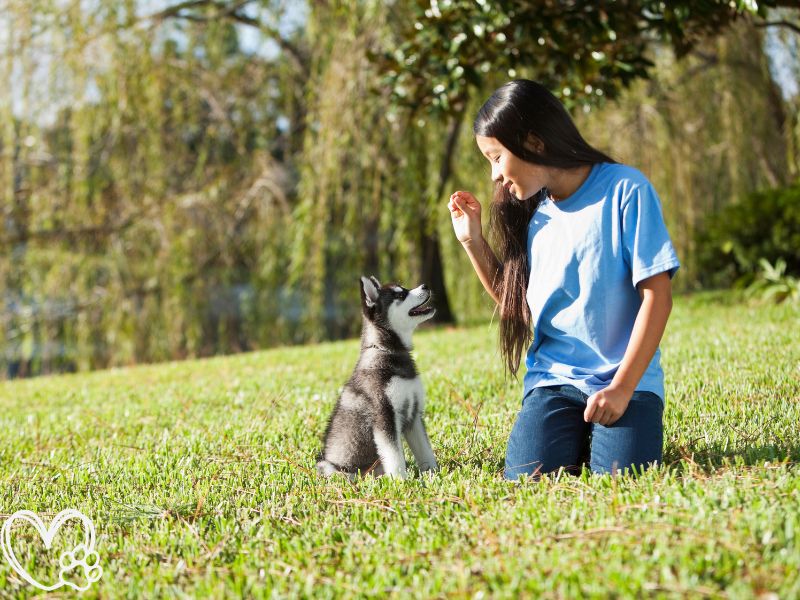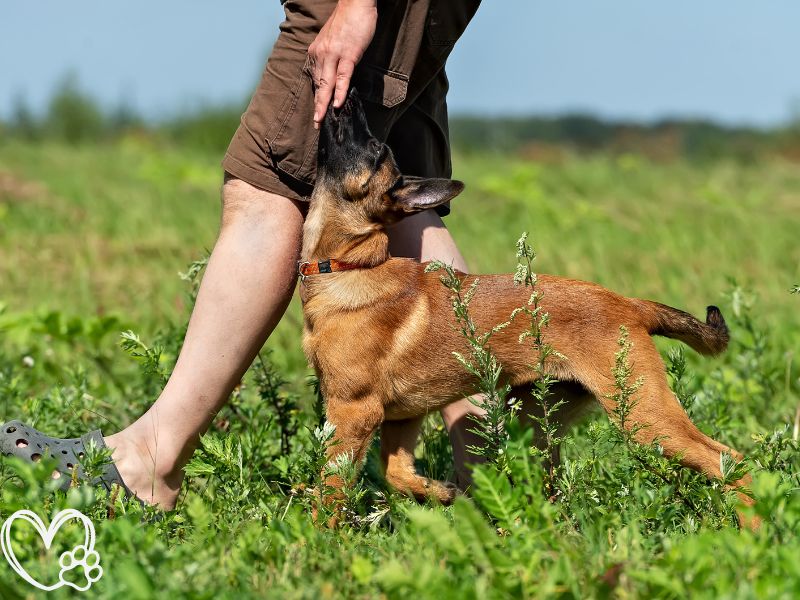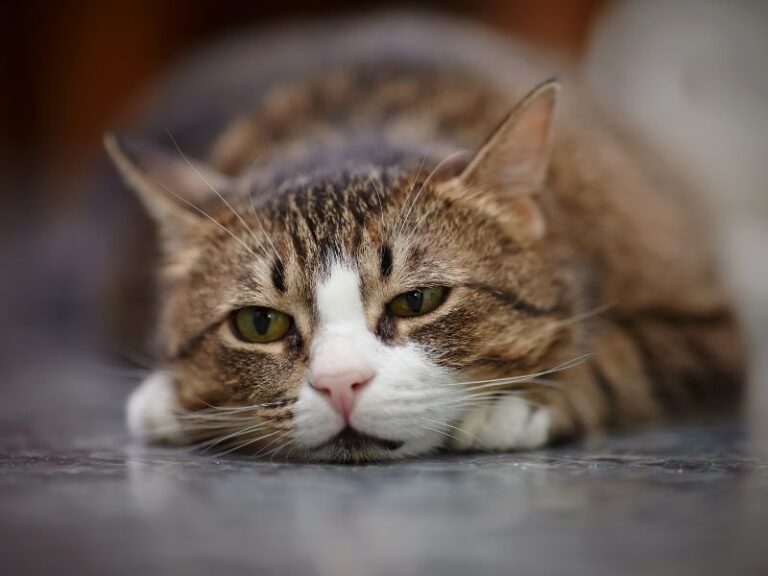Bringing a new puppy home is an exciting adventure, but it can also be overwhelming. Don’t worry – we’ve got you covered with this comprehensive guide to puppy training. Let’s turn that adorable ball of energy into a well-behaved companion!
The Golden Rule: Start Early, Stay Positive

When it comes to puppy training, timing is everything. Your furry friend is like a tiny sponge, soaking up information from day one. The earlier you start, the better. But don’t panic if you’re a bit late to the game – puppies (and even adult dogs) can always learn new tricks with patience and consistency.
Positive reinforcement is your secret weapon. Forget about punishment – that’s old school. Instead, reward good behavior with treats, praise, and playtime. It’s like throwing a mini celebration every time your pup does something right. Trust me, it works wonders.
House Training: Tackling the Big Challenge
Ah, house training – the bane of every puppy parent’s existence. But fear not! The key is establishing a consistent routine. Take your pup out first thing in the morning, after meals, after naps, and before bedtime. Choose a specific spot outside and use a consistent command like “Go potty.”
When your pup does their business in the right place, praise them like they’ve just won the lottery. Accidents will happen, and when they do, clean them up thoroughly with an enzymatic cleaner. Remember, punishing your pup for accidents is counterproductive – they won’t understand and may become anxious about relieving themselves in your presence.
Crate Training: Creating a Safe Haven

A crate isn’t a prison – it’s your puppy’s personal den. The trick is to make it a positive space. Fill it with comfy bedding and safe toys. Feed your pup in the crate and give them special treats there. Start with short periods and gradually increase the time. Never use the crate as punishment – it should always be a happy place.
Chew on This: Protecting Your Belongings
Puppies explore the world with their mouths, which means your favorite shoes might become their new chew toy. Puppy-proof your home by removing or securing anything you don’t want destroyed. Provide plenty of appropriate chew toys and rotate them to keep things interesting. When you catch your pup chewing something they shouldn’t, redirect them to an appropriate toy.
Basic Obedience: Building the Foundation

Start with simple commands like “sit,” “stay,” and “come.” Use positive reinforcement – treats and praise – to reward your pup for following commands. Keep training sessions short (5-10 minutes) but frequent. Remember, repetition and consistency are your best friends in training.
Leash Training: Mastering the Walk
Start indoors where there are fewer distractions. Let your pup wear the collar and leash around the house under supervision. Use treats to encourage them to come to you while they’re wearing the leash. Once they’re comfortable, start walking around the house. If they pull, stop walking. Only move forward when the leash is loose. Gradually move to the yard, then to the street.
Socialization: Raising a Well-Rounded Pup
Expose your puppy to a variety of people, animals, sounds, and environments before they’re 16 weeks old. Always ensure these experiences are positive. If your pup seems overwhelmed, don’t force it. Back off and try again later.
Exercise and Mental Stimulation: The Secret Weapons

A tired puppy is generally a well-behaved puppy. Ensure your pup gets plenty of physical exercise appropriate for their age and breed. Mental stimulation is just as important – use puzzle toys, training sessions, and games to keep your pup’s mind active.
Dealing with Puppy Behaviors: Nipping and Jumping
For nipping, yelp loudly to startle them and stop playtime if they bite too hard. This mimics how puppies learn bite inhibition from their littermates. For jumping, ignore your puppy when they jump up and only give attention when all four paws are on the ground.
The Journey of Puppy Training

Remember, every puppy is unique and will learn at their own pace. There will be days when you feel like you’re taking one step forward and two steps back – and that’s okay! Stay patient, stay consistent, and don’t forget to enjoy this special time with your new furry friend.
Training a puppy is a journey, not a destination. Celebrate the small victories, learn from the setbacks, and always keep a sense of humor. Before you know it, you’ll have a well-behaved adult dog, and you’ll be looking back on the puppy days with a mixture of relief and nostalgia.
So take a deep breath, stock up on treats (for your pup and yourself), and dive into the wonderful world of puppy training. You’ve got this, and the bond you’re building with your furry friend will last a lifetime!


